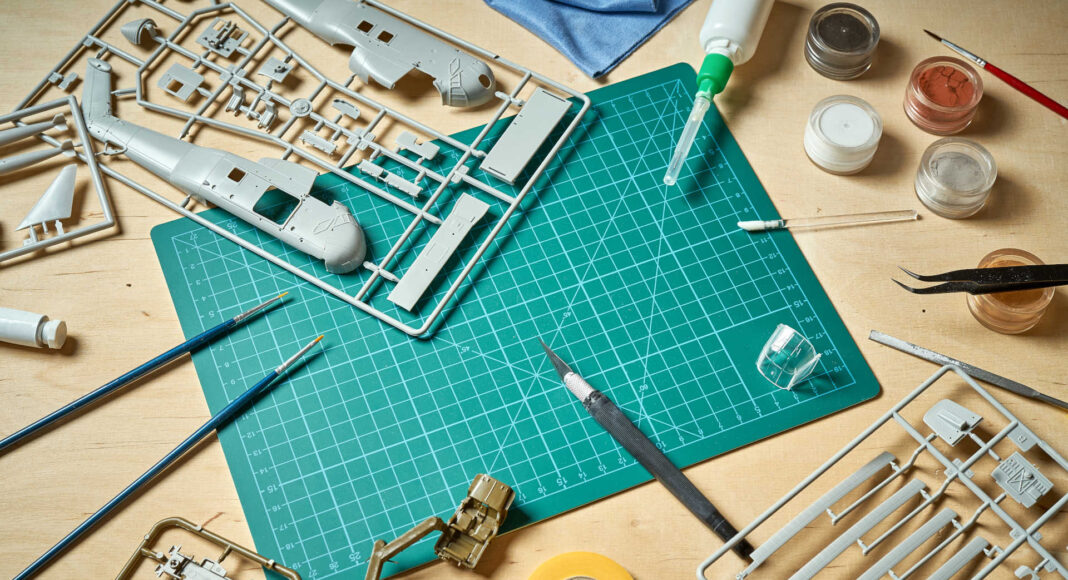Flying is one of man’s oldest and deepest dreams, often alluded to in ancient legends, from India to Greece, where stories are still told today of men riding marvelous flying animals or piloting strange machines. This need probably dates back to prehistoric times when men, contemplating the birds in the sky, began to envy the absolute freedom that their wings gave them.
Over the centuries, all sorts of machines were built, from balloons to the first Wright brothers’ airplane. These were the first to concretize this desire for freedom, this need to surpass oneself and to defy the prohibitions, so characteristic of man. This dream then lost its innocence, inexorably, with technological progress and the First World War, which marked the beginning of a long process that made the airplane, even if it is also a wonderful means of transportation, one of the most destructive machines of war that exists.
Maskings
Model airplanes usually have straight stripes on the fuselage or wings as well as canopy struts that are almost impossible to paint freehand. Adhesive masking comes in a variety of forms, the most common being sheets or tapes of various thicknesses that can be cut to fit. Some, such as Letraline, are available in several widths and are flexible enough to bend slightly.
- Set of masking products including sheets and tapes from Letraline and Tamiya.
- Cutting small masking tapes with a ruler and a precision knife.
- Removing the tape.
- Laying on the area to be delimited
- The space thus materialized will then be covered with paint. 6. large width tapes used to paint the fuselage strips.
Putting on the decals
These are the small details, numbers, badges, or mascots, which give realism to a model. Without them, an aircraft would not be really finished, even if their installation, for example in the wrong place, can ruin the model. The operation is not without risk and the presence of rivets, inspection hatches, and other various panels does not simplify things. It is common to see, for example, a decal straddling two panels, which has a disastrous effect or to distinguish the surrounding design which, after gluing, becomes opaque. Fortunately, there are commercially available products that avoid these problems and have proven to be effective. The first thing to do, however, is to cut out the patterns with scissors for round or curved shapes, or a blade and a ruler for straight shapes. This eliminates any support problems. There is, moreover, a special product to dilute the glue in which you dip the design for about ten minutes before placing it in the desired place with tweezers and, possibly, a brush, to move it slightly. However, the decal will not adapt well to the surface of the model and a softener should be used to ensure perfect adhesion. Be careful, however, as the design may wrinkle during the process. No need to panic in this case, because it will stretch as it dries and will then follow the relief of the plane perfectly. After that, all you have to do is spray a satin varnish.
Key Points to Remember
1. All the elements to make a nice model: the plane, of course, the decals, and the two products to make them easier to apply.
2. Trimming the decals: flush with the pattern, with scissors. The round-tipped ones are perfect for rounded shapes.
3. For straight designs, use a ruler and a sharp blade.


